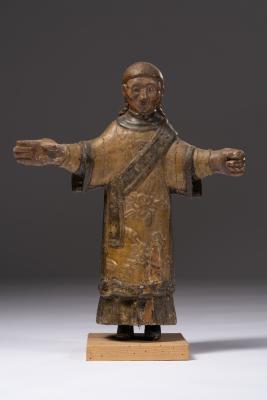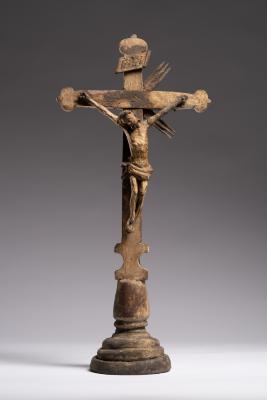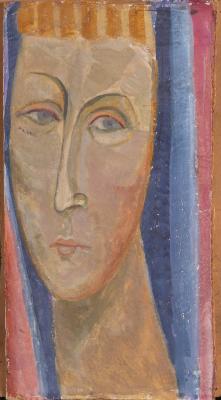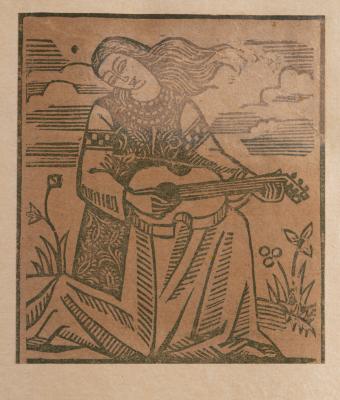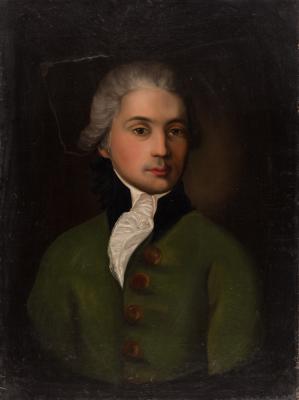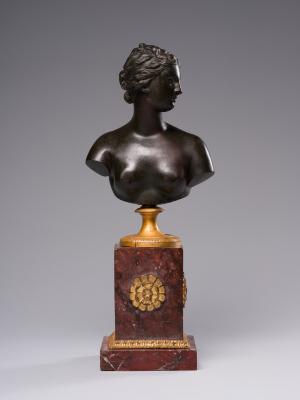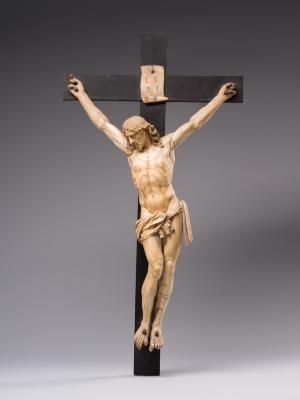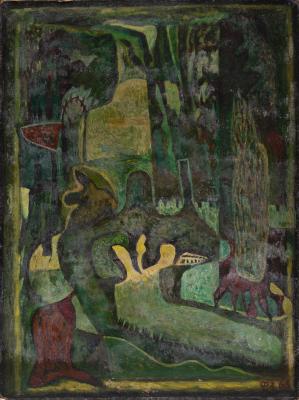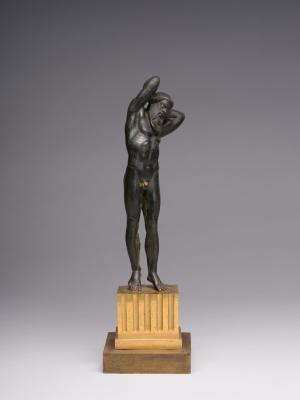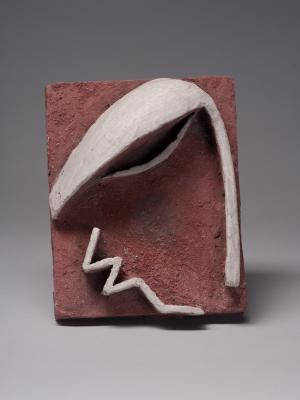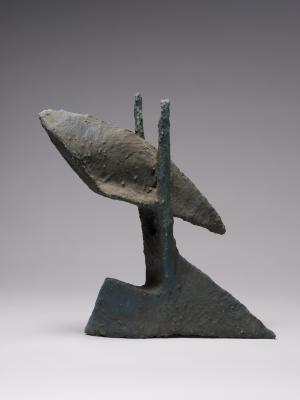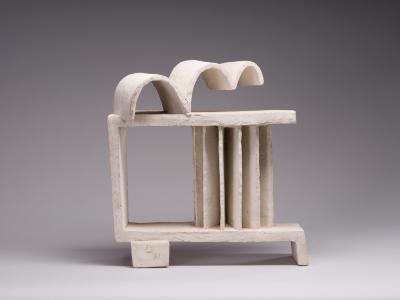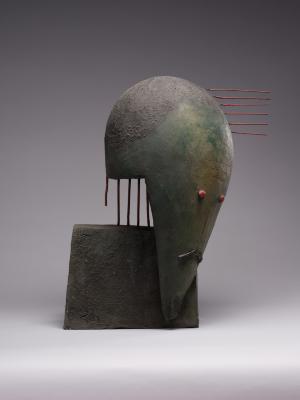Woman from the Village of Pettorano and Fisherman near the Fucine Lake in the Province of l’Aquila in Upper Abruzzo
Bartolomeo Pinelli
- ID
- Г-IV-1727
- Author
- Bartolomeo Pinelli
- Name
- Woman from the Village of Pettorano and Fisherman near the Fucine Lake in the Province of l’Aquila in Upper Abruzzo
- Date of creation
- 1816
- Technique
- etching watercolour
- Material
- paper
- Dimensions (height x width, cm)
- 10 x 16
- Type
- graphic art
- Genre
- genre art
- Provenance
- Collection of Faina Tarashchanska (Lviv), 1966
The Fucine Lake (Italian: Lago Fucino) is a lake in the Apennines that overflowed occasionally and flooded the surrounding fields. Julius Caesar planned to drain it. However, it was accomplished only in 1875.





